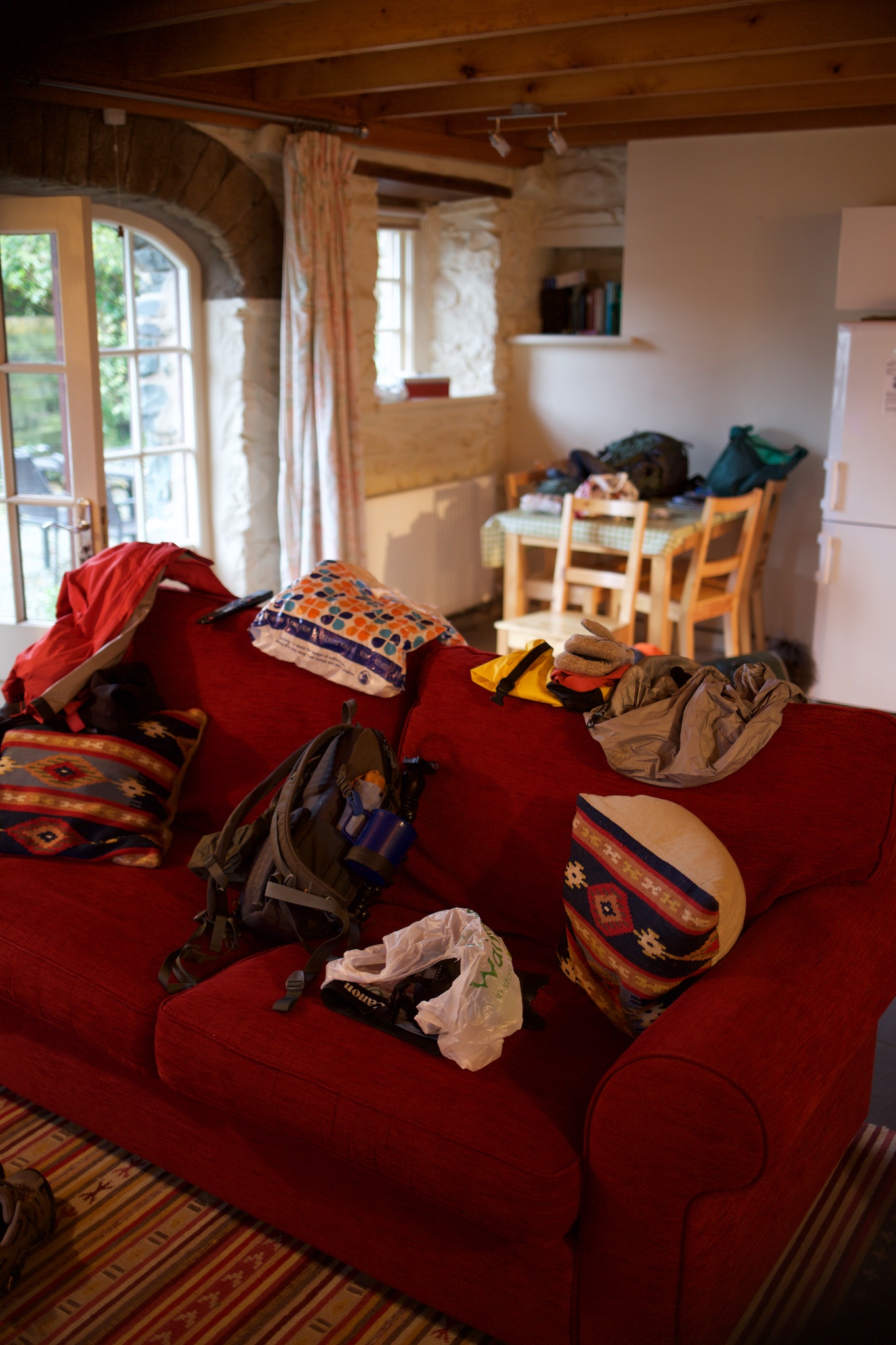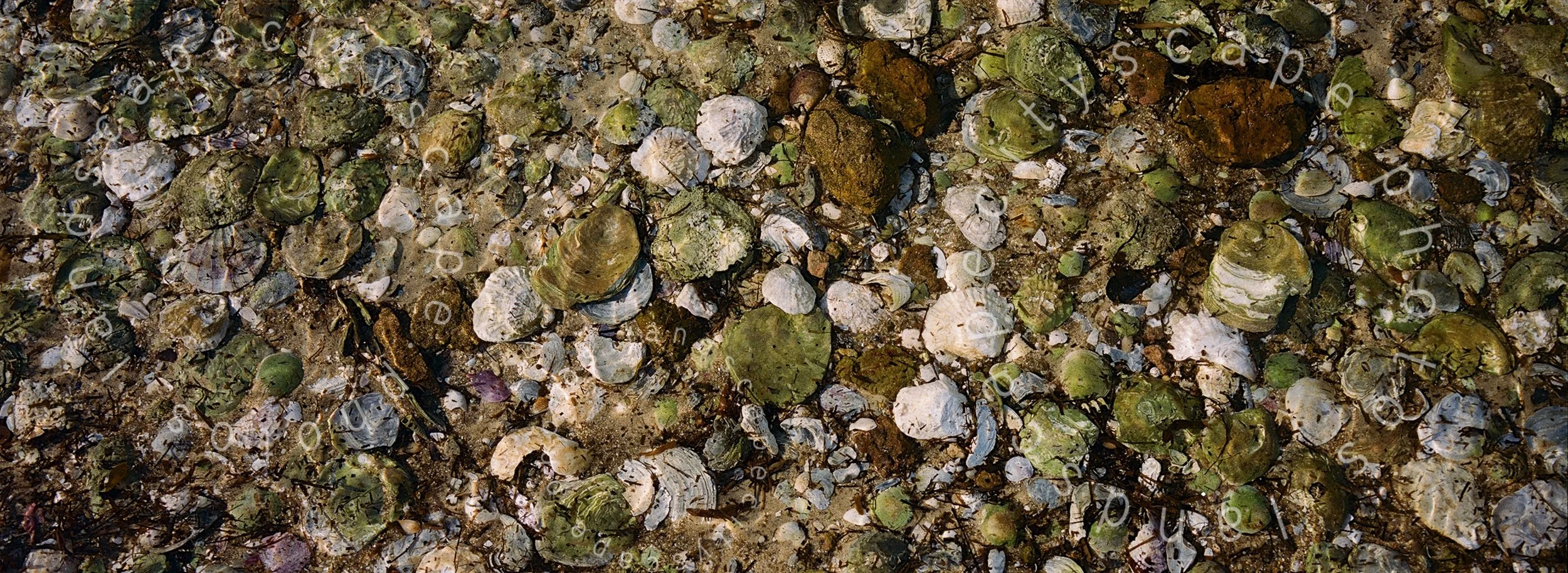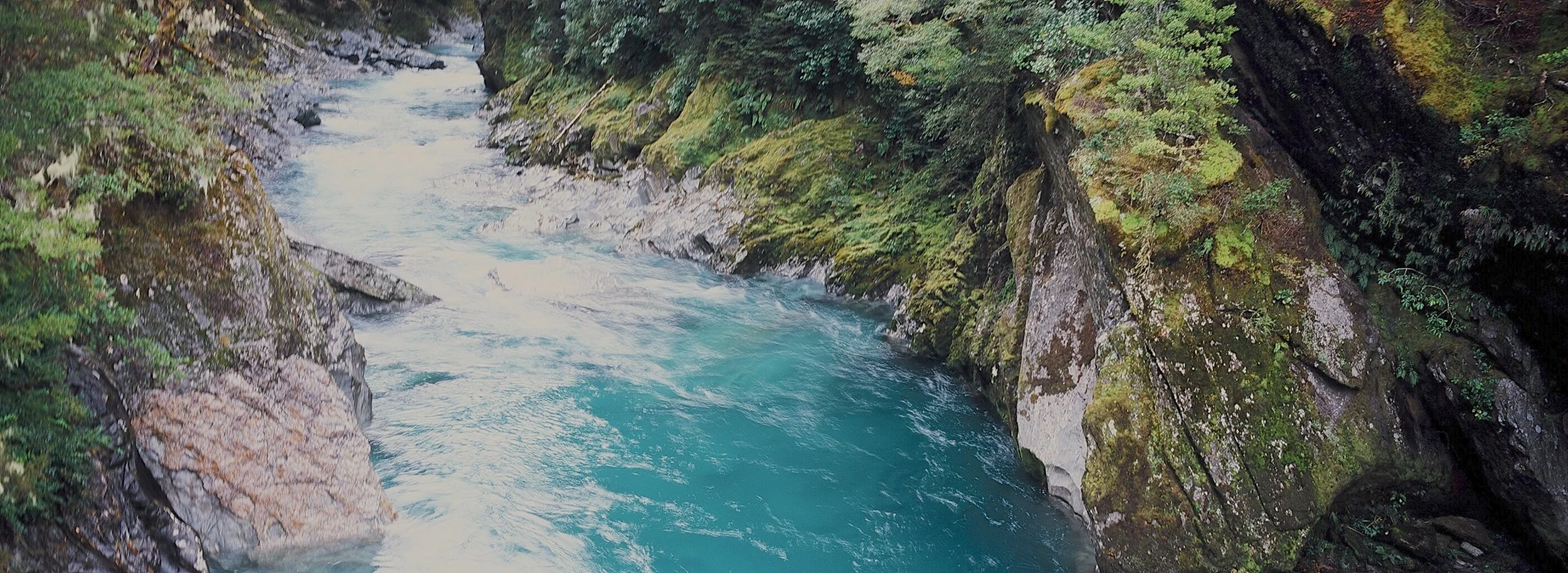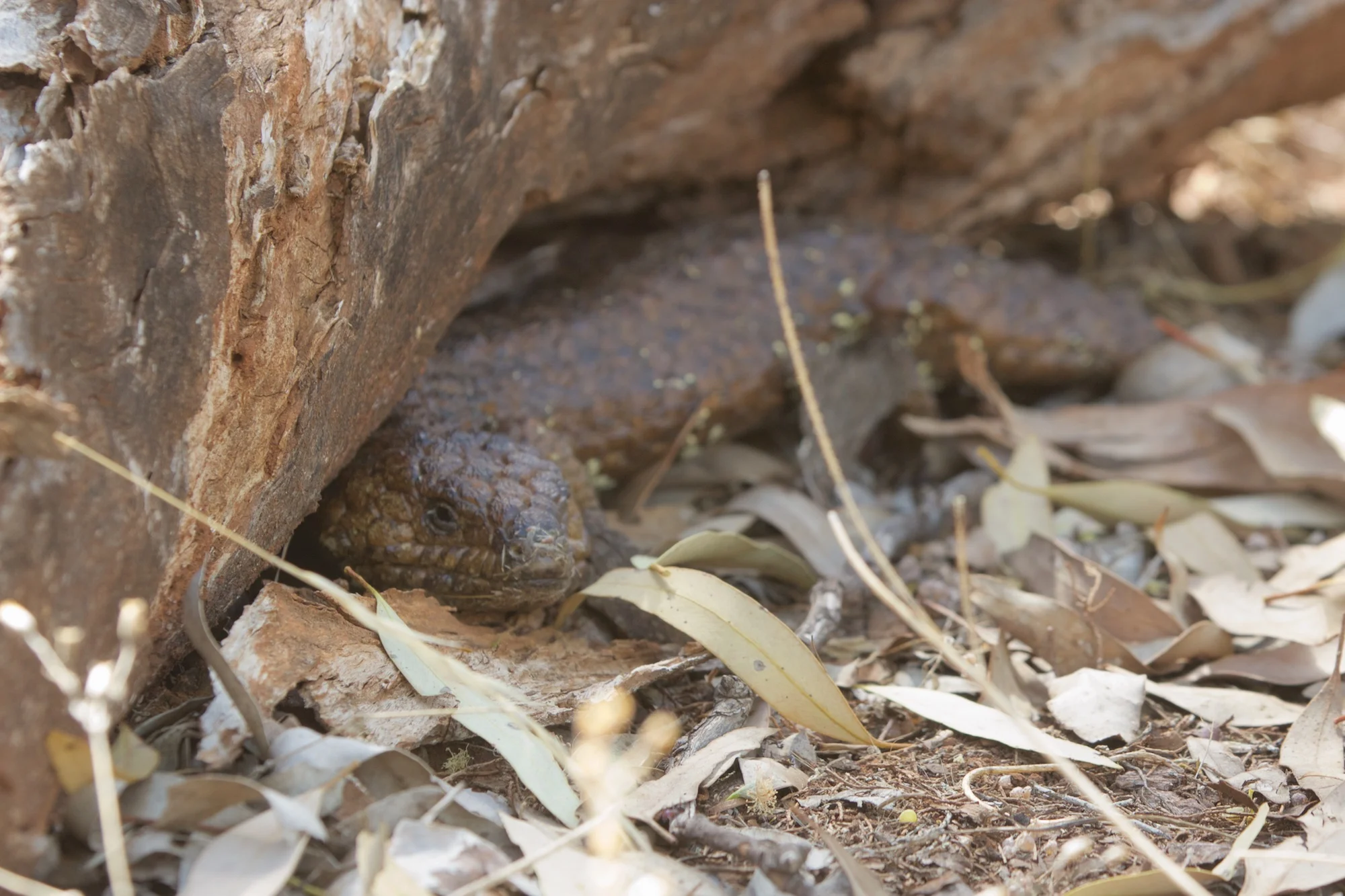Going for a walk with your camera is a simple pleasure. If the weather is fair then heading out into the countryside is generally a no brainer if you like taking pictures. If like me you like a bit of comfort on your day hikes your kit may include tea making equipment but the key element beforehand is trying to decide on what camera kit you will carry. Gear acquisition syndrome (GAS) generally means we all have lots of stuff. If you don’t have lots yet I’m sure it’s just a matter of time. Day hiking generally just means leaving out the odd item or four.
After a few single day hikes a multi-day hike may seems the obvious next step
For me this was a quite natural progression. I’ve now done a few backpacking adventures and in Aug 2022 it was past time for me to get out and about again. But it’s been a while and wheras some people used the pandemic as an opportunity to get fit I had the opposite experience working from home sat in the corner of the living room tapping at my computer. Still I thought I had a handle on what was needed from me and early this year I made the first steps in the park with my trainers on. The aim was to walk the Cumbria Way a route the traverses the Lake District , south to north. I did some research and looked for advice on backpacker websites detailing how to go about it.
This seems sensible but take a small step back before following the advice of seasoned backpackers when planning a multi day photo adventure. For a start the general aim of backpackers is to complete the hike. Ok yes I do want to complete it but I’m a photographer that happens to hike. For me the pursuit of pictures is at least equal to the desire to complete the walk. Hikers can (and do) cover in excess of 20 miles per day. Day in, day out. They camp wild. Eat dehydrated foods Commend themselves on all manner of small sacrifices all aimed at keeping the pack light and the mileage high.
They do not find a spot and decide to wait for the light. They do not go off piste on a side trip to catch a great view. They do not carry a pack heavier than 12 kg.
Consequently if using their advice as a yardstick they set some unrealistic goals when planning your photo adventure. I would also point out that lots of the sites feature the very latest high tech light kit (and that’s great). But whilst all my kit is old and beat up it is still serviceable. My tent , my backpack and my camera. I could invest in the latest and greatest, and there is great appeal in new kit but it goes against the grain as part of the joy of this exercise is it’s economy. And as my old Canon can still take great shots buying a camera just for the hike is a mite excessive no matter how much fun that might be.
So for the record my camera kit for the 120 km hike was a Canon 5D mk III , 2 x prime lens (50mm and 18mm) carbon fibre tripod, 4 x batteries , numerous SD cards a camera bag and 2 x filter 10 stop ND and a circular polariser . It weighed 6 kg.
My backpacking kit - tent / clothes inc waterproof, cooking equipment , sleeping bag, toiletries , first aid kit etc weighed 12 kg .
Useful fact - 1 litre of water weighs 1 kg .
On the start line of my hike my backpack and photography kit combined weighed 24kg.
In the weeks leading up to the adventure I had done several hikes of upto 14 miles wearing my hiking boots with a backpack weighing upto 15kg . I did the hike but I did not breeze it even though the route is mainly low level and apparently easy terrain.
A camera backpacking trip is very different from a day hike, physical training really helped me get through the experience, however with better planning for this trip in the Lake District I could have used bag forwarding services for my backpack. Which would have reduced the load considerably. But predetermines your days. Of course if you go crazy into a complete wilderness then the only valid option is to train for it or employ a sherpa. Photography backpacking is hard work but equally very rewarding. Add in a few hills a heatwave or a downpour and it gets silly hard quite quick.








































































































































































































































































































































